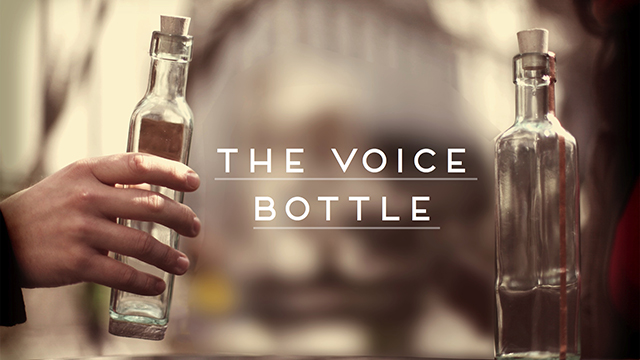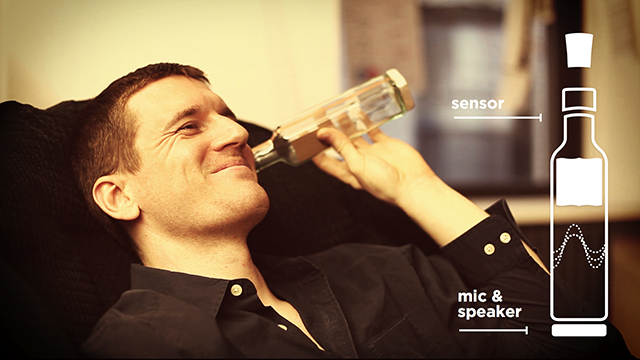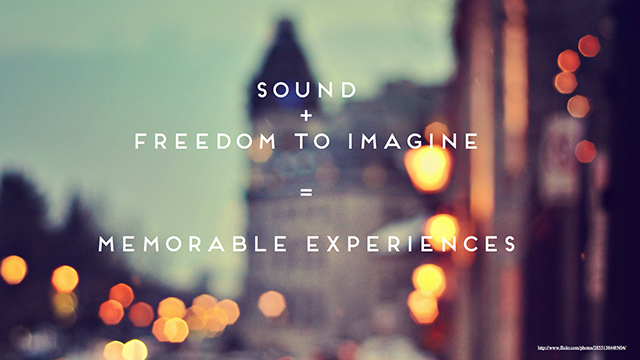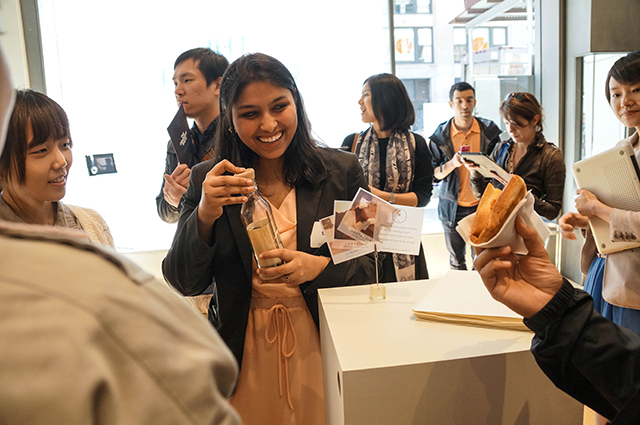

















Ars Memorativa is a system that adds a layer of sound to simple, everyday physical objects—transforming them into speaking and listening objects, "objects that hold memory."
These products share a common frame work meant to make the interactions with these objects memorable. The framework consists of three pillars-
1. Surprise- This memory is formed when your existing understanding of a situation or concept is displaced by a new occurrence. Its like the first words of a baby
2. Learning- This is your semantic memory- like when you learn a new skill like learning a musical instrument.
3. Nostalgia- Its like an old favorite song, or finding a mixed tape. It brings you back to a different space and time.
The users are people who are looking for poetic interactions, who are more cautious and clear about adoption of technology and will do so only if it provides them the kind of interaction they want to have. The technology is a layer of code, custom electronics, and off-the-shelf components, designed to be adaptable to a range of applications.
The first product in the Ars Memorativa family is a simple glass bottle, re-imagined as a space to hold memories. The video demonstrates the scenarios of using the bottle with the three pillar of the framework applied to it.
How does it work?
The voice bottle is made of glass and is reimagined as a space to hold memories. Its based on the metaphor of Message in a bottle. The interaction is simple to use, and the impact it has is memorable.
It works like this-
1. A magnetic sensor in the cap detects when its opened.
2. You can record into the bottle, and when it shuts it competes the recording. In this case mentioned above, the bottle comes in pairs- you record into the bottle for a period of time.
3. When the physical exchange of the bottles happens the bottle switches from recording to the listening mode- the other person can then listen to all the recordings. in the sequence they were recorded. Savoring them one moment at a time.
Why Sound?
Sound is powerful medium. In cognitive psychology- scientists say- It is because of the sense of sound that we are able to SEQUENCE, UNDERSTAND and by that affect REMEMBER things. Sound can create memorable human to human interactions.
We have the most sophisticated communication technologies in out pockets but Speed and efficiency seem to be at the core of these technologies. Design for sound as a sense often seems either completely ignored, or an after thought.
I decided to map out the different ways we consume content - personal or broadcast on an axis ranging from a controlled-authored experience to a freer and more imaginative one. For example on your extreme left are mediums like Television, and video chat, they are direct video input mediums, as you move along the right towards imagination you see phone text, radio, books and letters all of those mediums do not usually have an accompanying visual attached, and hence it is more open to imagination.
There is a practical and genuine connection between sound and imagination.
When I was researching cognitive psychology, I also found: that when the prompts from the environment lack the visuals, our mind is forced to imagine them. That process of creating the visuals in our minds is what sets that memory apart from the ones where you are fed direct visual inputs.
How did I get here?
Last year I experienced my first snow. What really surprised me about snow was the silence. its not just how it looks, its how it sounds, footsteps are clearer, street sounds are muffled. I was so excited, I ran to my computer, forced my parents to come online and tilted my computer out of the window, I really wanted them to be a part of my experience. They saw what I saw, they heard what I heard. Yet they did not experience what I experienced. Something was lost in the translation.
This made wonder if experiences could richer if they were formed through imagination fueled by sounds. I tested this hunch with a friend back in India. We spent a few hours listening to each others soundscapes, the recording you heard earlier was from that session, it was diwali, the festival of lights there, and a silent afternoon here. We also spent the same amount of time on video with the sound muted. The experiences were radically different. Listening to firecrackers, street vendors, prayers was far more successful in evoking my own memories than the video was.
At first I started with overlaying sound onto existing content in a book to see what happens. Although the idea of it was beautiful, when I actually made the prototype and tested it, I realized that the format of the book was incompatible with my framework as it was already a meaningful interaction. Moreover, it wasn't a direct human to human interaction.
This is when I switched to the metaphor of a message in a bottle. It is an intuitive choice as it a commonly understood metaphor. The point was to show that interaction with any day to day object can be made meaningful which was previously only a mundane interaction.
Thesis Presentation
Ars Memorativa was presented and a working prototype was exhibited at the AIGA National Gallery in New York for The SVA IXD Graduate Show.
Done for Thesis at SVA Interaction Design- Advised by Paul Ford
Course taught by Liz Danzico, Amit Pitaru, Chloe Gottlieb, Tim Allen
See photos of the show on Flickr
See the videos on Vimeo
See the presentation Video on Vimeo
Festival photography credits: Prachi Pundeer, Jeffrey Zeldman, Beth Wernet, Donald Ksing